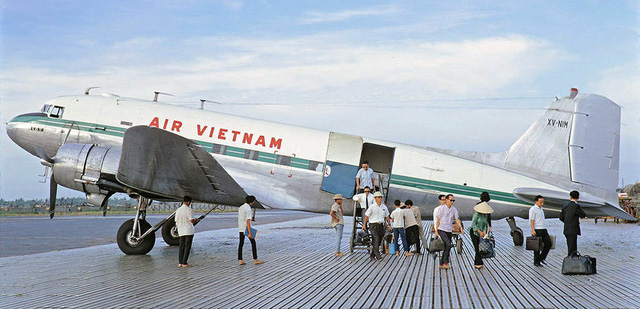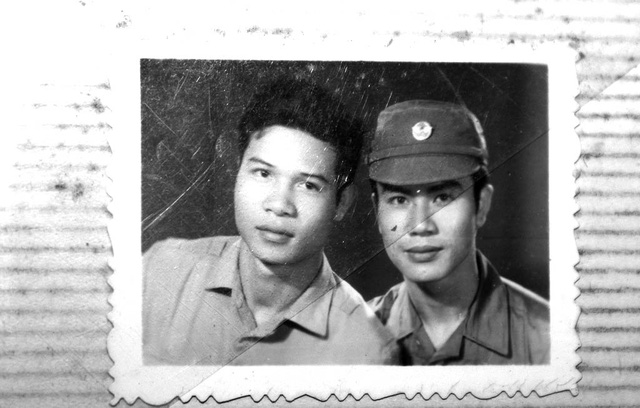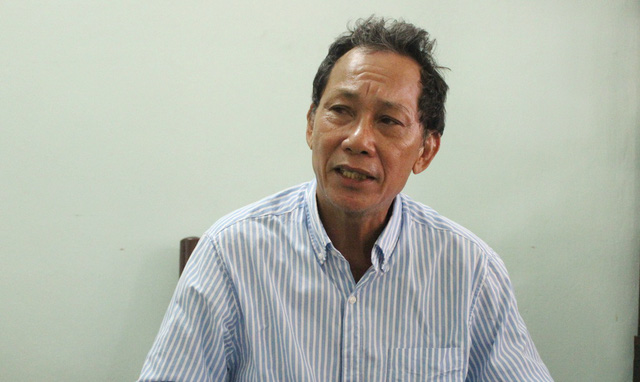Vietnam has logged several plane hijackings since 1975, when the country was reunified following the end of the American war.
It turns out real-life skyjackings in Vietnam are equally as dramatic and action-packed as their silver screen counterparts.
One page from the 1973-1977 pilot training graduation class yearbook stands out from the rest.
The nearly-blank page is dedicated to Nguyen Dac Hoa, a soldier killed at the age of 23 in a tragic event that became known as the first skyjacking in Vietnam’s post-war history.
Tension in the air
At 6:30 am on October 29, 1977, pilot Nguyen Van Bay departed from Tan Son Nhat International Airport in Ho Chi Minh City on DC3 plane #509 carrying nearly 40 passengers.
The aircraft was bound for Rach Gia City, where it would let off and pick up passengers before heading to Phu Quoc and eventually return to Tan Son Nhat.
Fifteen minutes into the 45-minute flight, hijackers stormed the cockpit.
“They made their way straight to the cockpit and shot Hoa and Nguyen without saying a word. Bay and his co-pilot La were kept alive,” said Pham Duc Nam, a former flight management official at Da Nang Airport in the central namesake city.
Nguyen was a motorized infantry officer and mid-air mechanic, while Hoa was a co-piloting and navigation intern.
Until that point, civil aviation in Vietnam had been a relatively uneventful sector. A lack of prior security breaches meant flight crews felt comfortable leaving the cockpit door open at all times as a sign of reassurance for weary passengers.
The civil aviation sector had no reason to believe in any imminent threat. Thus, scanning devices and measures to detect weapons being carried by passengers had yet to be introduced to Vietnam’s aviation sector.
Lax security meant it was only a matter of time until danger presented itself.
“I was scheduled to be on that flight but instead I took the DC6 to Hanoi. They killed Nguyen and Hoa out of fear that they might fight back,” Nam added.
 |
| After April 30, 1975, DC3 was one of the Air Vietnam, a carrier active under the former Saigon regime, utilized as a passenger plane by the Civil Aviation Administration of Vietnam. |
The hijackers held the captain and co-pilot at gunpoint, forcing them to divert the flight to Singapore.
The crew had no choice but to follow their captors’ orders in the hope that they might be able to save their passengers’ lives.
Bay and La then suggested that they stop at Utapao International Airport in Thailand to refuel before heading to Singapore.
“We don’t have enough fuel to make it to Singapore. If the plane runs out of petrol halfway, we’ll all die,” Bay appealed.
Following a brief discussion, the hijackers allowed Bay to divert the plane to Utapao.
“Do not try and fool us. We know all the air routes in the region. If you try to fly us back to Vietnam, we will shoot,” a young hijacker threatened.
Few pilots at the time, only those who had previously worked under the former Saigon regime, were able to speak English. Captain Bay, who had never flown abroad, was not one of the few.
Co-pilot La, a former pilot of Air Vietnam, South Vietnam’s commercial airline in operation from 1951 to 1975, would have to help communicate with Thai air traffic controllers to be granted landing permission.
During the refueling, the skyjackers ordered that the plane doors be kept closed and that all passengers stay put. The pilots were also ordered to request that local authorities provide fuel and food.
It took slightly more than an hour to fly on from Thailand to Singapore, where authorities denied landing permission at Changi Airport and requested that the pilots land at a small military airport instead.
Upon landing, the hijackers dropped their weapons and surrendered before handing over the plane, crew, and two bodies to authorities. They were seeking political asylum.
Two days later, Vietnam sent a plane to Singapore to retrieve the hijacked plane, crew and passengers.
“As Vietnam and Singapore had yet to establish diplomatic ties, a direct route between the two countries was not in place and a detour had to be taken instead,” Nguyen Van Huong, currently a pilot with low-cost carrier VietJet Air, shared.
 |
| Second Lieutenant Nguyen Dac Hoa (left), killed during the October 29, 1977 skyjacking, poses with Nguyen Van Huong in the only photo that his compatriot still has. Courtesy of Nguyen Van Huong |
The Singaporean government, in this instance, granted permission for a direct flight from Vietnam.
Nguyen’s and Hoa’s bodies were transported back to Vietnam on a separate flight.
The whole ordeal, only hours long, seemed like an eternity to Bay. Though overwhelmed with apprehension, he managed to keep his composure for the sake of his passengers.
Forty years later, Huong still has distinct memories of Hoa – the deceased intern, compatriot, and best friend.
“Hoa and I were the same age and height. We both learned to maneuver Mig21s [a Soviet Union-made supersonic jet fighter and interceptor aircraft] together,” Huong recalled.
Upon the country’s reunification in 1975, planes left over by U.S. troops at Tan Son Nhat Airport were admitted to Vietnam’s civil aviation fleet, including the Boeing 707 and propeller-driven planes such as the DC6, DC3, and DC4.
“Hoa was the first from our cohort of eight learners to die in the line of duty,” he said sadly.
Second Lieutenant Hoa was posthumously promoted to the rank of First Lieutenant.
His relatives buried him in Ho Chi Minh City due to the high cost of transporting the body back to his hometown.
Security tightened
Following the tragic hijacking, the Civil Aviation Administration of Vietnam directed that each cockpit member be armed with a handgun, and that cockpit doors be reinforced and kept closed all the time.
Flight attendants are expected to use their special signals when offering food and drinks to pilots.
Twenty soldiers under Regiment 144, previously tasked with ensuring safety for the Central Committee of the Communist Party, State and Ministry of National Defense agencies, were transferred to the civil aviation administration to escort non-military flights, each armed with a pistol.
Like us on Facebook or follow us on Twitter to get the latest news about Vietnam!



















































